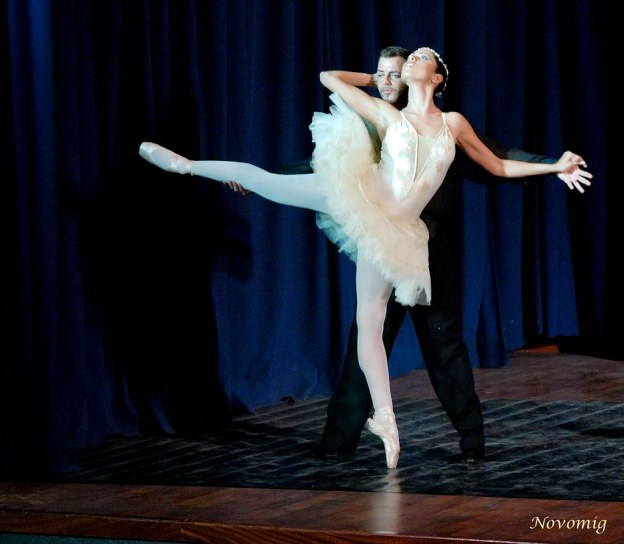
FEATURE image: “Ballet en la Gala Lírica” by GonzalezNovo is marked with CC BY-SA 2.0.
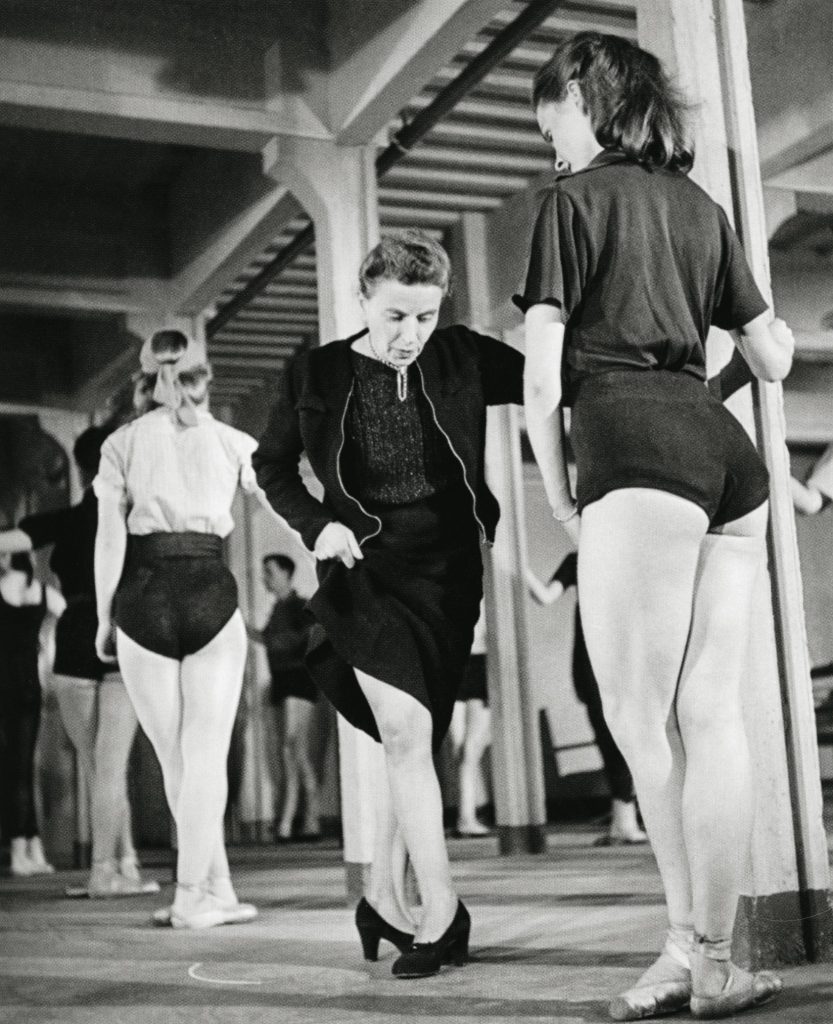
Ballet Society, New York, 1948. Photo by Irving Penn is here: https://www.artic.edu/artworks/144790/ballet-society-new-york

Six Famous Modern & Classic Ballets.
# 1 The Dream (1964).
Choreographer: Frederick Ashton.
Music: Felix Mendelssohn.
Story: W. Shakespeare.

Adapted from William Shakespeare (English, 1564-1616) The Dream is a one-act ballet for the Royal Ballet created in 1964. Depicted is elegant Oberon, king of the forest fairies.
# 2 Onegin (1965).
Choreographer: John Cranko.
Music: Pyotr Ilyich Tchaikovsky.
Story: A. Pushkin.

With music by Pyotr Ilyich Tchaikovsky (1840-1893), Onegin was first performed in 1965. Onegin is one of the most popular story ballets for both audiences and dancers.
Onegin was created by John Cranko (1927-1973) and is his ballet masterpiece. Its lead roles are Tatiana and Onegin, and Olga and Lensky. These are finely drawn characters who tell a story of love and tragedy through a series of intricate and diverse dance sequences.
#3 Mayerling (1978).
Choreographer: Kenneth MacMillan.
Music: Franz Liszt.
Story: G. Freeman.

Mayerling was created by principal choreographer and former artistic director Kenneth MacMillan (1929-1992) at The Royal Ballet. Since its premiere in 1978, it has been a popular staple on the ballet stage. The music is by Franz Liszt (1811-1886).
The male lead dancer appears in virtually every scene in the three-act ballet and performs with five different ballerinas. It is one of ballet’s most demanding roles.
Mayerling is a tragic story based on the true story of the murder-suicide of the crown prince of Austria-Hungary and his mistress.
Mayerling is the Imperial hunting lodge in the Vienna Woods where the bodies of the pair were discovered on January 30, 1889.
FAMOUS BALLERINA: Pierina Legnani (1868-1930).

Pierina Legnani (1868-1930) is considered the greatest Italian ballerina of the late nineteenth century.
Legnani trained at La Scala Theatre Ballet School in Milan and danced famously in Europe, especially in Italy and Russia.
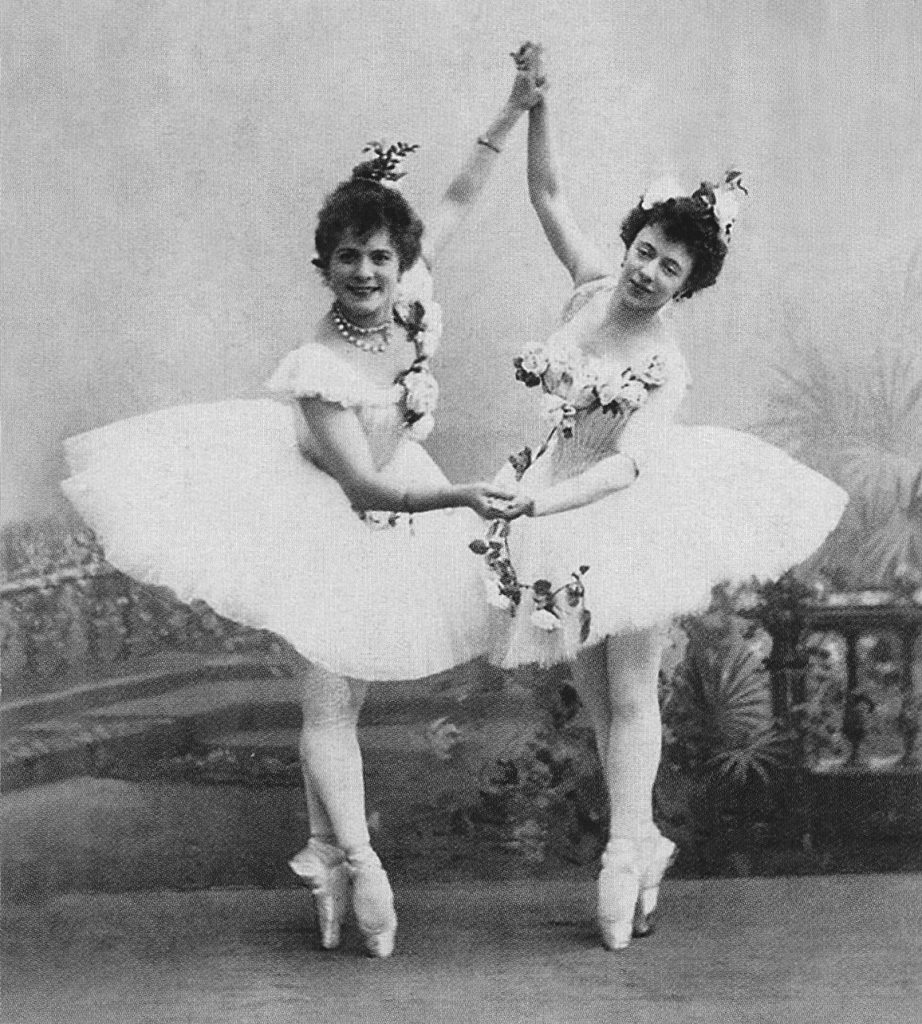
Pierina Legnani and Olga Preobrajenska (1871-1962) in 1899. In the late 19th century, the pair were considered the greatest ballerinas.

#4 Giselle (1841).
Choreographer: Jean Coralli and Jules Perrot.
Music: Adolphe Adam.
Story: Théophile Gautier and Vernoy de Saint-Georges.

With its premiere at the Paris Opera (Salle Le Peletier) in June 1841, the ballet Giselle was an immediate triumph and staged across Europe.
The story is about two lovers, Giselle and Albrecht. When Giselle discovers that Albrecht is betrothed to Bathilde she dies of a broken heart at the end of Act I. This leads to the appearance in Act II of a group of otherworldly and potentially mortally dangerous Wilis, a type of young female vampire. These creatures are intent on revenge for Giselle by arranging for Albrecht’s destruction.
The ballet music was composed by Adolphe Adam (1803-1856). It became the French composer’s most popular and enduring work. Musically, Adam introduced to ballet the leitmotif, that is, a specific theme for a character who appears on stage in the ballet.
The libretto was scored by Théophile Gautier (1811-1872) and Jules-Henri Vernoy de Saint-Georges (1799-1875). The choreography was by Jean Coralli (1779-1854) and Jules Perrot (1810-1892).

The print above depects the theatre at the time of Adolphe Adam’s triumphant ballet Giselle. The opera building, opened in 1820, was destroyed by fire in 1873 and replaced in a new location by the Palais Garnier.

#5 Coppélia (1870).
Choreographer: Arthur Saint-Léon.
Music: Léo Delibes.
Story: Charles-Louis-Étienne Nuitter.

Coppélia is a comic ballet based on Der Sandmann by E.T.A. Hoffmann (1776-1822). It was choreographed by Arthur Saint-Léon (1821-1870) with music by Léo Delibes (1836-1891) and a libretto by Charles-Louis-Étienne Nuitter (1828-1899).
The comedy surrounding mischief-making village folk premiered in May 1870. Its production was immediately interrupted by the Franco-Prussian War and the siege of Paris. Following the hostilities, Coppélia went on to become one of the most popular works of the Paris Opera Ballet.
Italian ballerina Giuseppina Bozzacchi (1853-1870) first danced the part of Swanilda. Tragically, the 17-year-old ballerina died from malnutrition related to the Franco-Prussian War’s privations in November 1870.
FAMOUS BALLERINA: Marie Taglioni (1804-1884).
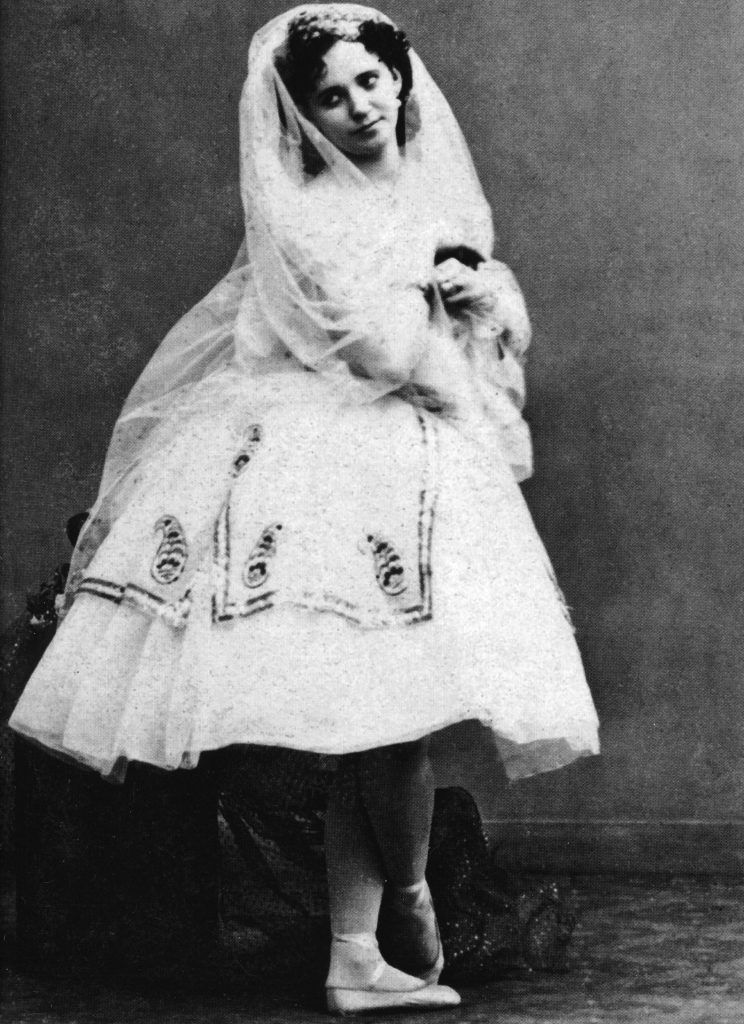
Marie Taglioni had many spectacular ballet accomplishments in her dancing career that spanned 25 years.
Marie’s parents were both dancers. Her Swedish mother was a ballet dancer and her Italian father was a dancer, choreographer, and ballet master in Vienna at the Court Opera.
Marie was rigorously trained by her father in Vienna, including six hours of ballet practice everyday for six days a week. The hard work paid off.
At 17 years old, Marie made her debut in Vienna in Rossini’s La reception d’une jeune nymphe à la cour de Terpischore, choreographed by her father. For the next five years Marie danced in cities in Austria and Germany until, in 1827, she made her Paris Opéra debut.

In 1832 Marie is credited with dancing en pointe (on tip toes), an innovation for ballet theater at that time. As a famous celebrity and the first famous ballerina, Marie Taglioni influenced fashion and hairstyles in the Romantic era of the 1830’s.

Marie married in 1832 but was separated in 1836. She bore a child with a lover in 1836 but he died soon after. In 1837 Marie accepted a dance contract to perform in Russia at the famed Imperial Ballet in St. Petersburg. Marie remained at the Imperial Ballet until 1842, the same year she gave birth to a second child. In 1843 she danced in Milan at La Scala in another of her father’s ballet creations, La Sylphide and in 1845 appeared in London at Her Majesty’s Theatre dancing in Pas de quatre choreographed by Jules Perrot (1810-1892). In London, Taglioni was one of the famous ballerinas to appear in this production dancing alongside Carlotta Grisi (1819-1899), Lucile Grahn (1819-1907) and Fanny Cerrito (1817-1909).

Dominating the image (above) is Marie Taglioni, standing with her arms en couronne, surrounded by ballerinas Lucille Grahn, Fanny Cerrito, and Carlotta Grisi. The lithograph by English artist and engraver Thomas Herbert Maguire (1821-1895) depicts a scene for the 1845 London production of Pas de Quatre.
In 1847 Marie Taglioni retired from the stage following her appearance in The Judgment of Paris, a ballet that concludes an opera (1754) by Christoph Gluck.
Taglioni lived in Venice into the 1850’s and returned to Paris in 1857 to take up the position of dance examiner at the Paris Opéra. One day before her 80th birthday, she died in Marseilles.
To this day there is some mystery as to the exact location of her grave. It is not known into which Paris cemetery Marie Taglioni was exactly buried.
#6 Paquita (1846).
Choreographer: Joseph Mazilier.
Music: Edouard Deldevez.
Story: Joseph Mazilier and Paul Foucher.
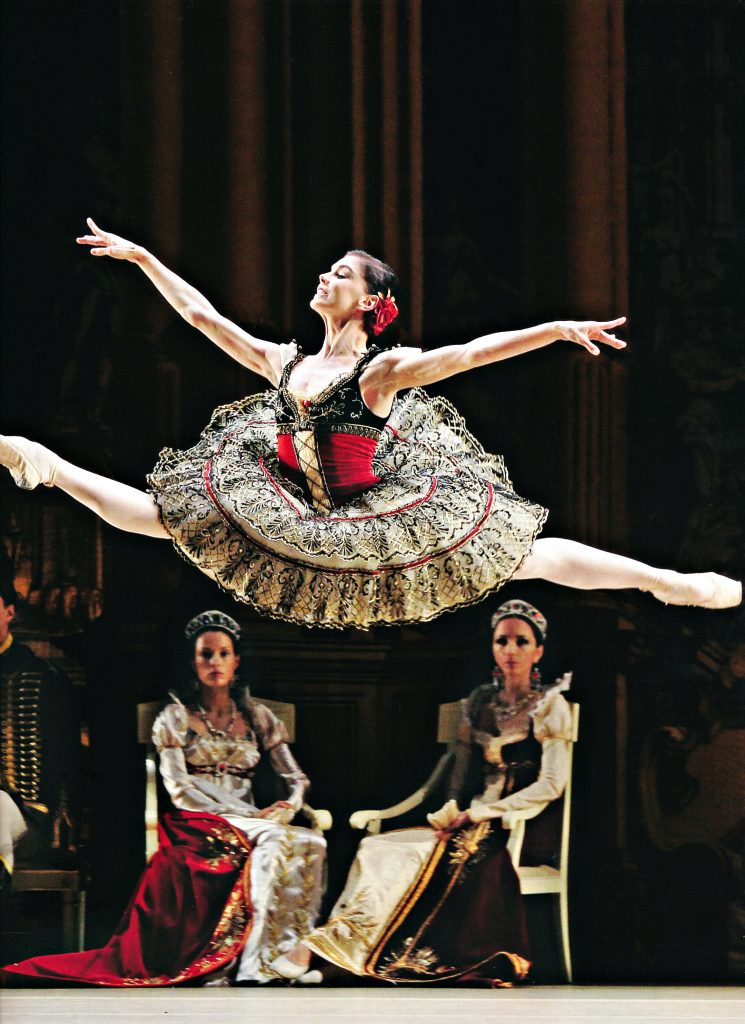
The two-act ballet is set in Spain during the Napoleonic Wars. It tells the love story of a French military officer and a Spanish gypsy woman.




